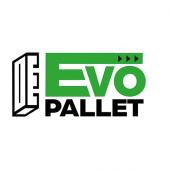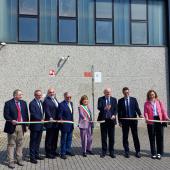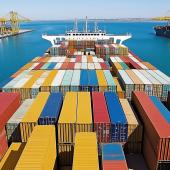The sustainable lightness of glass
The Ecovà lightweight glass bottle a boost to Verallia’s exports. The company accelerates on technology and recycling, and proposes a “reform” in the collection of used containers.
Verallia (the brand that covers Saint-Gobain’s food and beverage glass packaging activities) will be at Simei with an impressive stand, inspired by the core value of environmental sustainability while spotlighting the Ecovà lightweight glass bottle. This line, made with a high percentage of recycled glass, has been created using cutting-edge technologies, enabling an up to 30% reduction in container weight. With the constant addition of new forms and formats to meet users’ needs, it constitutes the “green heart” of Verallia’s offer as well as the bridgehead for penetrating the North American market, where precise limits of weight for many imported products have been set.
Sustainability is the value that best identifies and supports the development of glassware, and the company’s positioning (with 10 thousand customers and nearly 16 billion pieces produced, Verallia is the third largest world producer of glass containers for the food and beverage) and results (in Italy, despite the slowdown in consumption even in 2012 they closed with turnover on the up by 1.7% at 534 million euros) show just that.
A sustainability - as Verallia Italia business development manager and marketing head Alessia Cappellin strives to point out - based on technological excellence, «each year Verallia earmarks considerable resources to research and innovation, among other things enabling the installation at the Gazzo Veronese works of large latest generation furnace, offering greater efficiency, greater energy saving and enabling a greater use of glass cullet».
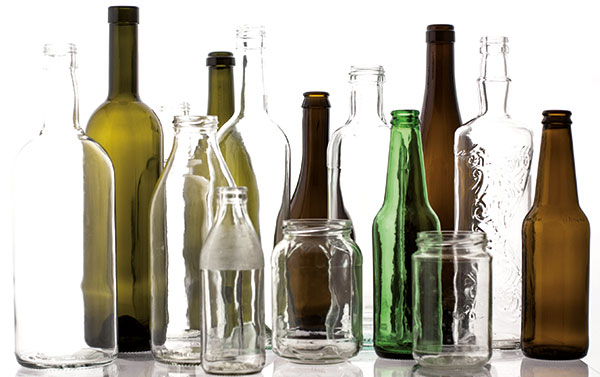
Recycling: more can be done
The multinational’s commitment to the sustainable management of resources is documented by a wealth of certificates (in accordance with UNI EN ISO 9001 and 14001, IPCC and OHSAS standards) and goes hand in hand with respect for persons, which recently earned the company a gratifying workplace safety award, conferred by the President of the Italian Republic.
The policy of continuous improvement concerns the monitoring of noise levels, ground-, water and air emissions, the control of energy consumption also during transport and, of course, the exploitation of recovered glass. The use of cullet, which for some types of container exceeds 90% of material content, enables substantial savings in raw materials, the cutting of CO2 emissions by 30% and energy consumption by 20%. Here Verallia operates through its subsidiary Ecoglass, which converts the glass collected in the CoReVe circuit and provides the multinational with more than 700 tons of cullet (on average Verallia’s containers are 63% comprised of recycled material). As of this year Verallia’s commitment to glass recycling also includes the company Vetreco, an important scrap processing plant in the province of Frosinone, developed in partnership with two other companies in the sector (Ardagh and Zignago).
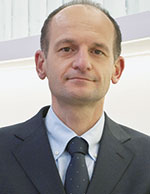 But things do not stop here, and the CEO of Verallia Italy, Giuseppe Pastorino, active in Assovetro and the Stati Generali of the Green Economy, is dedicating special attention to improving the quantity and quality of recycling. The objectives are both quantitative and qualitative and start from the observation that, despite the excellent results (in Europe Italy is fourth, with a recycling rate of 74.9%), in Italy, the amount of used glass collected is not enough to meet industrial needs, and the material is still at times not totally devoid of impurities.
But things do not stop here, and the CEO of Verallia Italy, Giuseppe Pastorino, active in Assovetro and the Stati Generali of the Green Economy, is dedicating special attention to improving the quantity and quality of recycling. The objectives are both quantitative and qualitative and start from the observation that, despite the excellent results (in Europe Italy is fourth, with a recycling rate of 74.9%), in Italy, the amount of used glass collected is not enough to meet industrial needs, and the material is still at times not totally devoid of impurities.
The tools? To be determined in agreement with all institutional and private actors involved in the process of the recovery and exploitation of glass waste.














